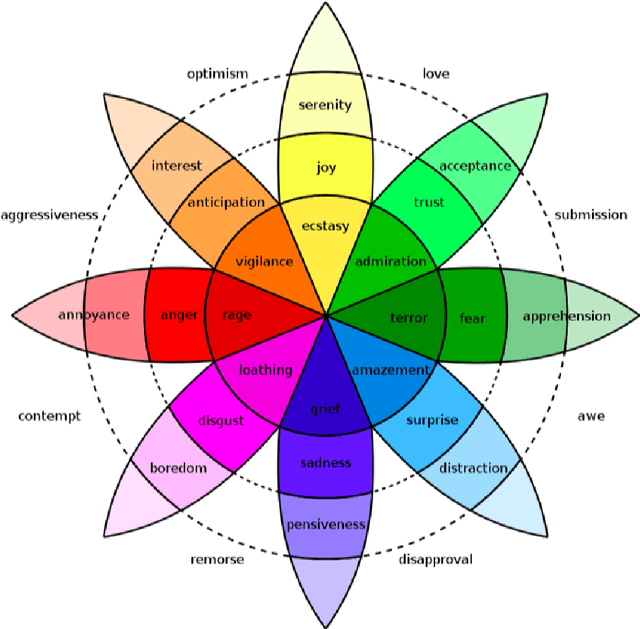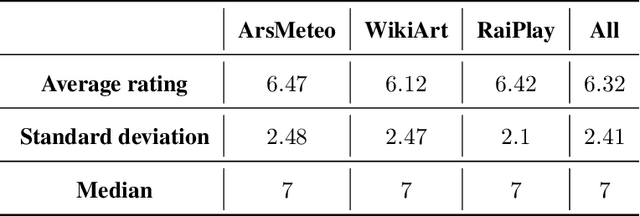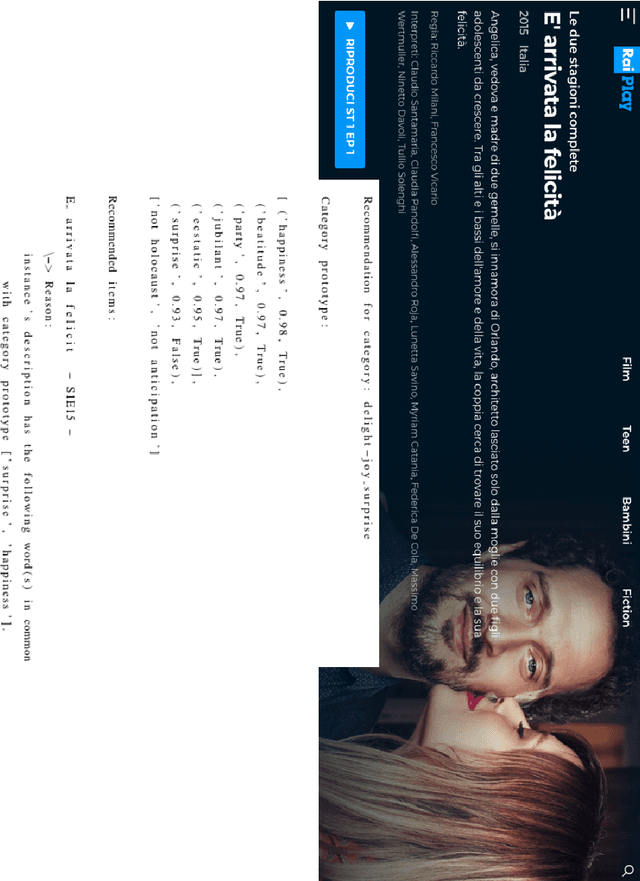Gian Luca Pozzato
Proceedings 37th International Conference on Logic Programming (Technical Communications)
Sep 15, 2021Abstract:ICLP is the premier international event for presenting research in logic programming. Contributions to ICLP 2021 were sought in all areas of logic programming, including but not limited to: Foundations: Semantics, Formalisms, Nonmonotonic reasoning, Knowledge representation. Languages issues: Concurrency, Objects, Coordination, Mobility, Higher order, Types, Modes, Assertions, Modules, Meta-programming, Logic-based domain-specific languages, Programming techniques. Programming support: Program analysis, Transformation, Validation, Verification, Debugging, Profiling, Testing, Execution visualization. Implementation: Compilation, Virtual machines, Memory management, Parallel and Distributed execution, Constraint handling rules, Tabling, Foreign interfaces, User interfaces. Related Paradigms and Synergies: Inductive and coinductive logic programming, Constraint logic programming, Answer set programming, Interaction with SAT, SMT and CSP solvers, Theorem proving, Argumentation, Probabilistic programming, Machine learning. Applications: Databases, Big data, Data integration and federation, Software engineering, Natural language processing, Web and semantic web, Agents, Artificial intelligence, Computational life sciences, Cyber-security, Robotics, Education.
A Commonsense Reasoning Framework for Explanatory Emotion Attribution, Generation and Re-classification
Jan 11, 2021



Abstract:In this work we present an explainable system for emotion attribution and recommendation (called DEGARI) relying on a recently introduced commonsense reasoning framework (the TCL logic) which is based on a human-like procedure for the automatic generation of novel concepts in a Description Logics knowledge base. Starting from an ontological formalization of emotions (known as ArsEmotica), the system exploits the logic TCL to automatically generate novel commonsense semantic representations of compound emotions (e.g. Love as derived from the combination of Joy and Trust according to the ArsEmotica model). The generated emotions correspond to prototypes, i.e. commonsense representations of given concepts, and have been used to reclassify emotion-related contents in a variety of artistic domains, ranging from art datasets to the editorial content available in RaiPlay, the online multimedia platform of RAI Radiotelevisione Italiana (the Italian public broadcasting company). We have tested our system (1) by reclassifying the available contents in the tested dataset with respect to the new generated compound emotions (2) with an evaluation, in the form of a controlled user study experiment, of the feasibility of using the obtained reclassifications as recommended emotional content. The obtained results are encouraging and pave the way to many possible further improvements and research directions.
Reasoning about Typicality and Probabilities in Preferential Description Logics
Apr 23, 2020Abstract:In this work we describe preferential Description Logics of typicality, a nonmonotonic extension of standard Description Logics by means of a typicality operator T allowing to extend a knowledge base with inclusions of the form T(C) v D, whose intuitive meaning is that normally/typically Cs are also Ds. This extension is based on a minimal model semantics corresponding to a notion of rational closure, built upon preferential models. We recall the basic concepts underlying preferential Description Logics. We also present two extensions of the preferential semantics: on the one hand, we consider probabilistic extensions, based on a distributed semantics that is suitable for tackling the problem of commonsense concept combination, on the other hand, we consider other strengthening of the rational closure semantics and construction to avoid the so-called blocking of property inheritance problem.
A Description Logic Framework for Commonsense Conceptual Combination Integrating Typicality, Probabilities and Cognitive Heuristics
Nov 07, 2018

Abstract:We propose a nonmonotonic Description Logic of typicality able to account for the phenomenon of concept combination of prototypical concepts. The proposed logic relies on the logic of typicality ALC TR, whose semantics is based on the notion of rational closure, as well as on the distributed semantics of probabilistic Description Logics, and is equipped with a cognitive heuristic used by humans for concept composition. We first extend the logic of typicality ALC TR by typicality inclusions whose intuitive meaning is that "there is probability p about the fact that typical Cs are Ds". As in the distributed semantics, we define different scenarios containing only some typicality inclusions, each one having a suitable probability. We then focus on those scenarios whose probabilities belong to a given and fixed range, and we exploit such scenarios in order to ascribe typical properties to a concept C obtained as the combination of two prototypical concepts. We also show that reasoning in the proposed Description Logic is EXPTIME-complete as for the underlying ALC.
Rational Closure in SHIQ
Jun 08, 2014Abstract:We define a notion of rational closure for the logic SHIQ, which does not enjoys the finite model property, building on the notion of rational closure introduced by Lehmann and Magidor in [23]. We provide a semantic characterization of rational closure in SHIQ in terms of a preferential semantics, based on a finite rank characterization of minimal models. We show that the rational closure of a TBox can be computed in EXPTIME using entailment in SHIQ.
On Rational Closure in Description Logics of Typicality
May 05, 2013Abstract:We define the notion of rational closure in the context of Description Logics extended with a tipicality operator. We start from ALC+T, an extension of ALC with a typicality operator T: intuitively allowing to express concepts of the form T(C), meant to select the "most normal" instances of a concept C. The semantics we consider is based on rational model. But we further restrict the semantics to minimal models, that is to say, to models that minimise the rank of domain elements. We show that this semantics captures exactly a notion of rational closure which is a natural extension to Description Logics of Lehmann and Magidor's original one. We also extend the notion of rational closure to the Abox component. We provide an ExpTime algorithm for computing the rational closure of an Abox and we show that it is sound and complete with respect to the minimal model semantics.
Analytic Tableaux Calculi for KLM Logics of Nonmonotonic Reasoning
Nov 10, 2006



Abstract:We present tableau calculi for some logics of nonmonotonic reasoning, as defined by Kraus, Lehmann and Magidor. We give a tableau proof procedure for all KLM logics, namely preferential, loop-cumulative, cumulative and rational logics. Our calculi are obtained by introducing suitable modalities to interpret conditional assertions. We provide a decision procedure for the logics considered, and we study their complexity.
A Sequent Calculus and a Theorem Prover for Standard Conditional Logics
Jul 29, 2004



Abstract:In this paper we present a cut-free sequent calculus, called SeqS, for some standard conditional logics, namely CK, CK+ID, CK+MP and CK+MP+ID. The calculus uses labels and transition formulas and can be used to prove decidability and space complexity bounds for the respective logics. We also present CondLean, a theorem prover for these logics implementing SeqS calculi written in SICStus Prolog.
 Add to Chrome
Add to Chrome Add to Firefox
Add to Firefox Add to Edge
Add to Edge